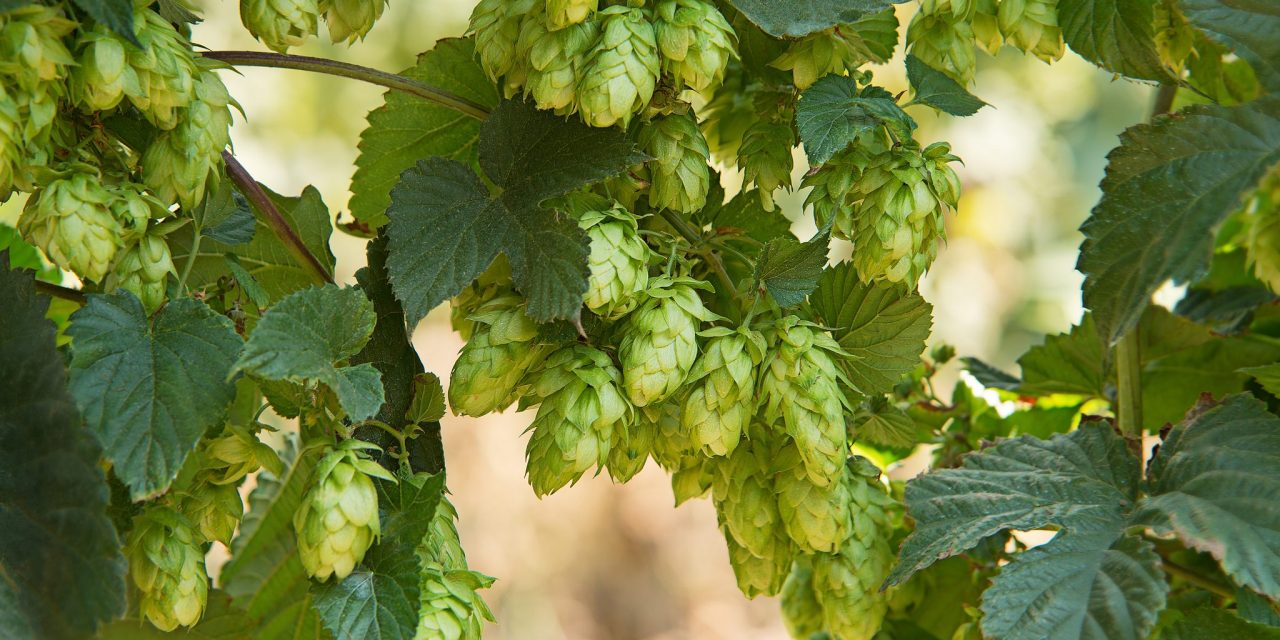
Ann George, Hops Growers of America
As critical as hops are in beer, you might expect growers, brokers, and brewers to have their supply systems dialed in to ensure sufficient quantities of the desired varieties meet everyone’s needs. Surprisingly, this isn’t always the case.
Every few years, reports of a hops shortage or an oversupply ripple through the industry, causing minor panic and sending prices either shooting skyward or tumbling back to earth. Maybe there’s a drought, an unanticipated surge in demand for a certain hops variety, or too many brewers contract for more hops than they end up needing (which creates a glut of surplus stock on the secondary spot market).
Couple any of these scenarios with shifting market dynamics, like a historically high number of breweries of all shapes and sizes, an ever-increasing amount of hops varieties (each with variable supply and demand), and the mercurial temperament of modern craft beer drinkers thirsty for the new and the novel. Suddenly you’re faced with a very complex equation, especially given the underlying fact that hops are an agricultural commodity subject to a number of variables, sometimes predictable and other times not.
Groups such as Hop Growers of America, a trade organization that tracks, promotes, and advocates for the hops industry, aim to help minimize that volatility. “We would love to get away from the swells and troughs of the past and see this industry start to level out,” says Ann George, the group’s executive director.
One of the organization’s primary objectives is to promote communication, in the form of contracts, to let growers know what hops (and how many) to put in the ground. Currently, when a hops merchant gets a contract from a brewer, they then contract with a grower, who typically seeks a bank loan to purchase stock, install trellis, expand picking facilities, and so forth.
It’s a fairly linear system. It’s also one that relies on a critical mass of growers and brewers all participating in good faith, which has been both complicated and stabilized by the expanding diversity of brewers and growers at play.
“One of the big challenges for the hops industry worldwide is the number of varieties,” George agrees. “It was one thing 20 years ago, when we basically had a dozen core varieties that everybody grew. But now in the United States alone, we have 60 to 70 different varieties we’re trying to manage.
“We have certain varieties now that we know are in surplus and starting to flow into the spot market. When that happens, it starts to soften the price point for those varieties, which then puts pressure on contracts that are out there at higher prices.”
Rather than take a reactionary approach and attempt to restructure contracts on the fly—which only creates more uncertainty—the message from HGA is to approach the hops market like a stock portfolio: Yes, there will be some expected fluctuation, and seasonal prices may be higher or lower than what’s been contracted for. But over time, the system will prevail.
“That’s one of the things we’ve really appreciated about the growth of the craft sector and the fact we’re now selling to 5,000 breweries worldwide as opposed to 150 breweries,” George says. “While we still have some very large players, we also now have a large enough base that, though there might be some wiggles in the line up and down, hopefully it won’t be these dramatic peaks and valleys we’ve had in the past.”











